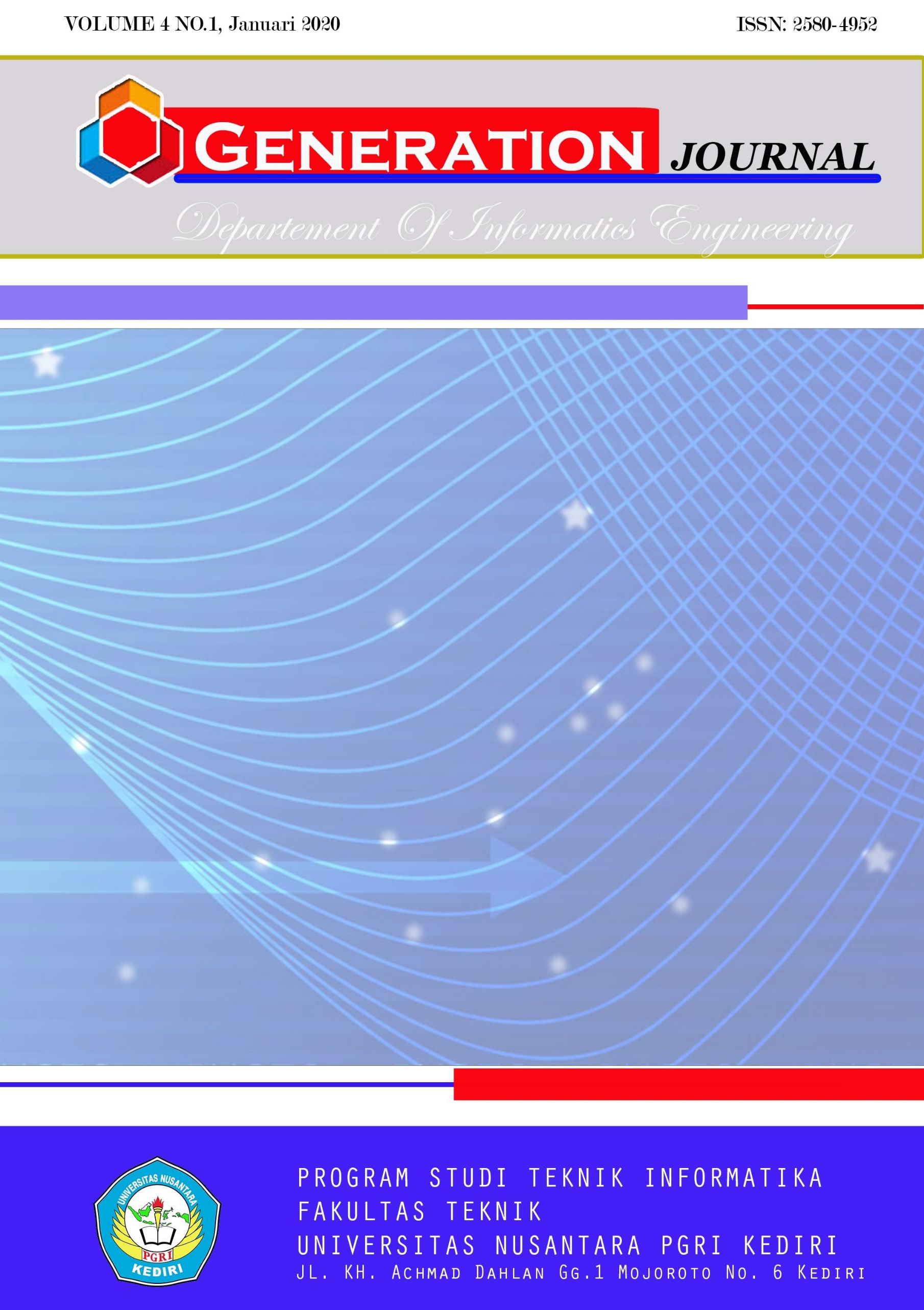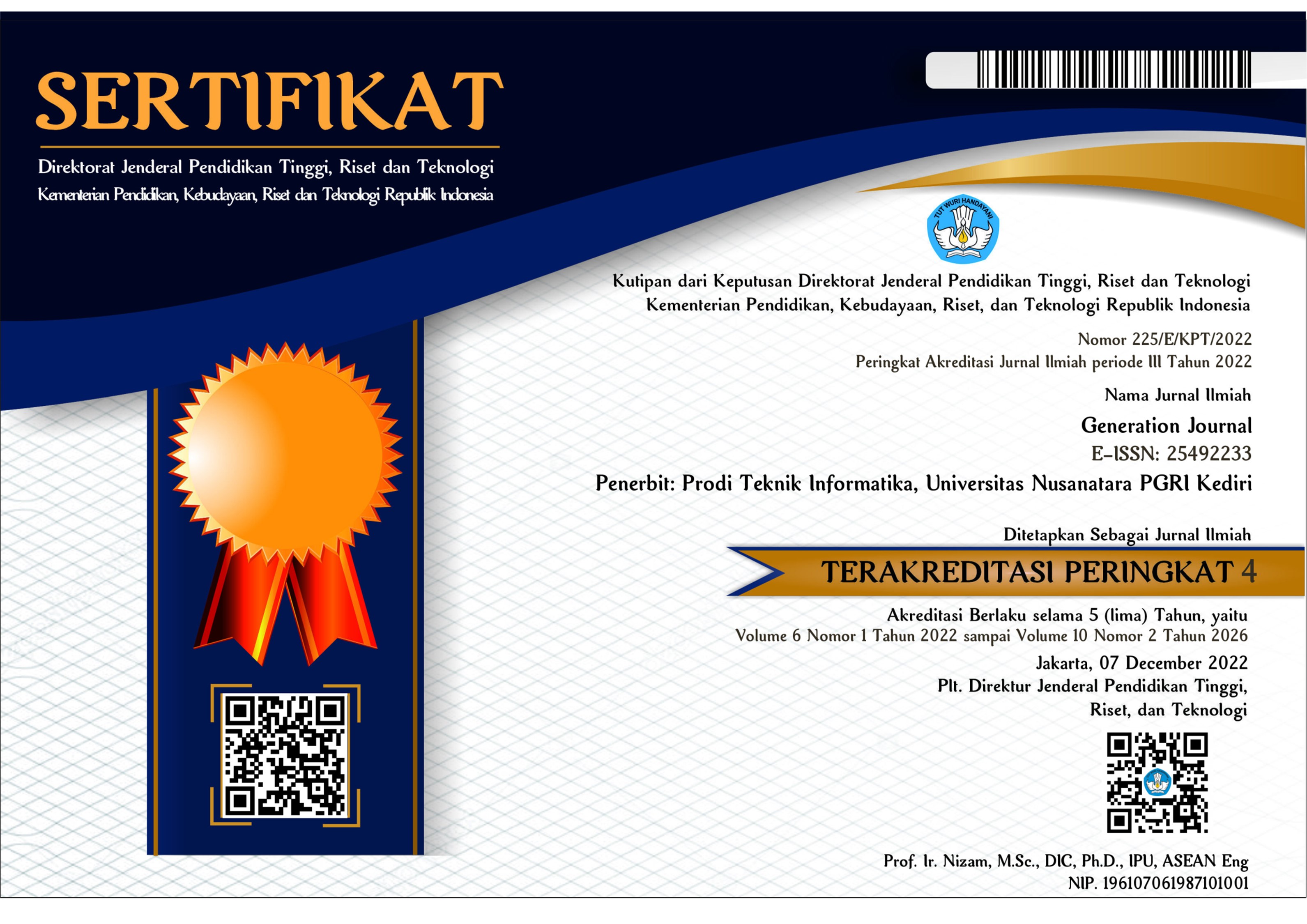Pengembangan Arsitektur Bisnis Pondok Pesantren
DOI:
https://doi.org/10.29407/gj.v4i1.13957Keywords:
Islamic boarding school, Business Process Model, TOGAF ADM, SOP, Organizational structureAbstract
Teknologi merupakan suatu hal yang sangat dibutuhkan untuk saat ini. Salah satunya teknologi juga diperlukan di pondook pesantren. Pondok pesantren saat ini belum memiliki arsitektur yang jelas untuk mengembangkan teknologi. Pada suatu lembaga, perlu sebuah perencaan yang matang untuk pengembangan arsitektur. Untuk menunjang keberhasilan pada pondok pesantren maka dibutuhkan sebuah proses bisnis yang baik. Untuk mewujudkanya maka dibuatlah arsitektur bisnis pondok pesantren menggunakan metode TOGAF ADM. Pada pembuatan arsitektur bisnis ini mengacu pada 52 standar pondok pesantren. Dari 52 standar pondok pesantren, masing-masing akan dibuat SOP lalu dikelompokkan masing-masing SOP menggunakan algoritma TF-IDF dan artikata untuk memudahkan proses pengelompokkan SOP sehingga di dapatkan sebuah struktur organisasi pondok pesantren.
References
A, B,Syafa'at. dkk. Strategi Pengembangan Pondok Pesantren Dalam Era Globalisasi di Kabupaten Banyuwangi. INFERENSI, Jurnal Penelitian Sosial Keagamaan. Vol. 8. No.1, Juni 2014.
T, Imam dan B, Ahmad. "Membuka Jendela Pendidikan". Jakarta: Raja Grafindo Persad, 2004
Weske, M. 2012. Business Process management, Concepts, Languages, Archotectures. New York:Springer.
Wahjoetomo. "Perguruan Tinggi Pesantren". Jakarta : Gema Insani Press.1997
Babun Suharto,Dari Pesantren Untuk Umat: Reiventing Eksistensi Pesantren di Era Globalisasi, 2011
https://belajar.kemdikbud.go.id/PetaBudaya/Repositorys/pesantren/
SOA. " Business Architecture: The Missing Link between Business Strategy and Enterprise Architecture". SOA Consortium Members Present, Object Management Group (OMG).2010
H. Jonkers, et al, 2004, Concept for Modeling Enterprise Architecture, International Journal of Cooperative Information System, Vol. 13(3), pp. 257-287. 2004
R, Whittle.and C, Myrick." Enterprise Business Architecture: The Formal Link between Strategy and Result", CRC – Press, , 2010
Downloads
Published
Issue
Section
License
Authors who publish with this journal agree to the following terms:
- Copyright on any article is retained by the author(s).
- The author grants the journal, the right of first publication with the work simultaneously licensed under a Creative Commons Attribution License that allows others to share the work with an acknowledgment of the work’s authorship and initial publication in this journal.
- Authors are able to enter into separate, additional contractual arrangements for the non-exclusive distribution of the journal’s published version of the work (e.g., post it to an institutional repository or publish it in a book), with an acknowledgment of its initial publication in this journal.
- Authors are permitted and encouraged to post their work online (e.g., in institutional repositories or on their website) prior to and during the submission process, as it can lead to productive exchanges, as well as earlier and greater citation of published work.
- The article and any associated published material is distributed under the Creative Commons Attribution-ShareAlike 4.0 International License














